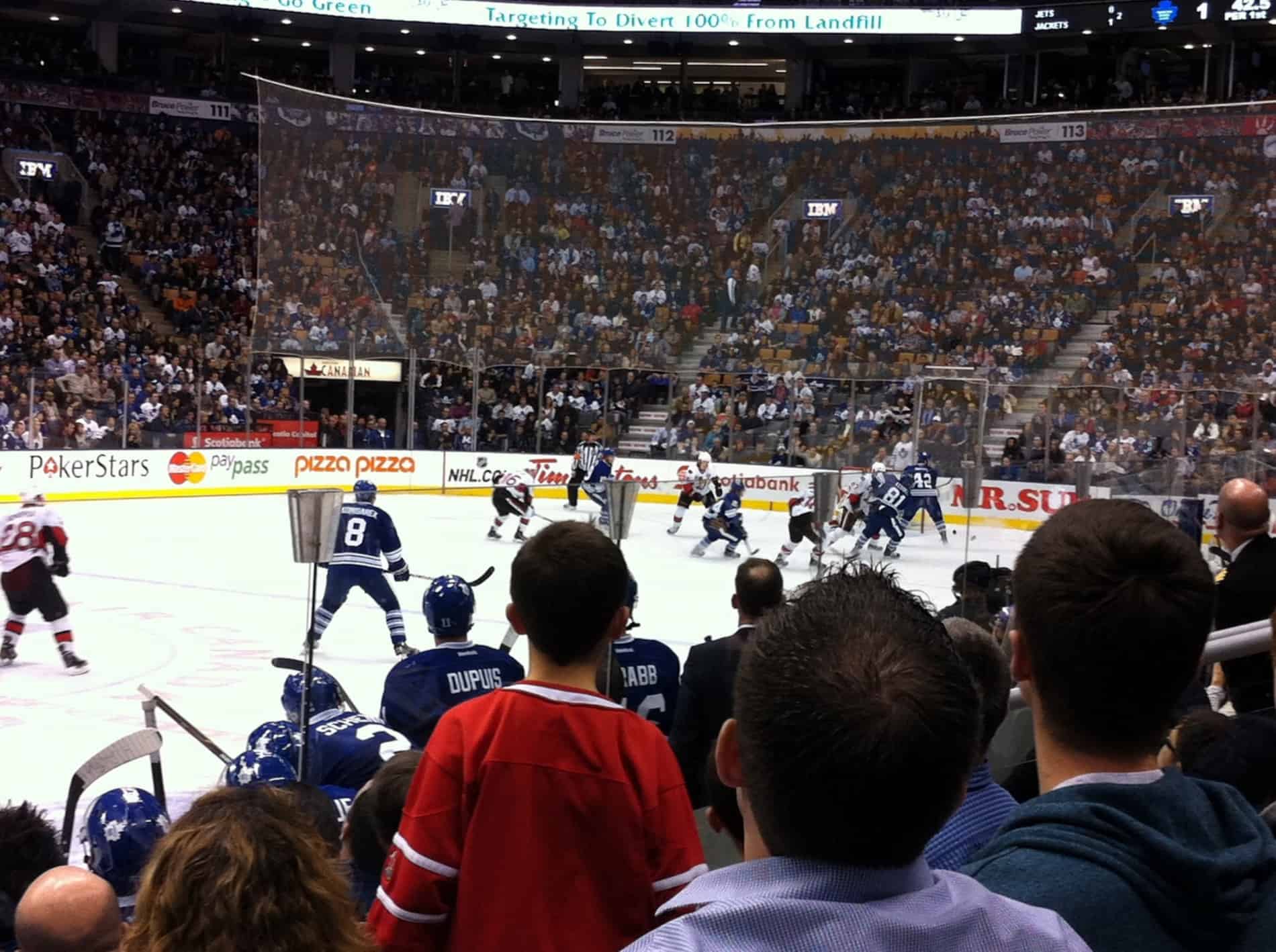Concussion season began with a head bang last night in the NHL season opener as Montreal Canadiens player George Parros was knocked unconscious during a third-period fight with Toronto Maple Leafs player Colton Orr. Parros was transported off the ice on a stretcher. He suffered a concussion and is reported to be out of the game indefinitely.

A concussion is what happens when the brain slams into the skull, whether from a blow to the head or from violent shaking. As Sidney Crosby knows only too well, concussions can ignite a cascade of symptoms that last for months or even years after the original injuries. It’s tricky to diagnose concussions on the spot because some people, but not all, lose consciousness, vomit or have difficulty with mental or physical coordination. Other symptoms include headache, attention problems, dizziness, memory loss, depression and anxiety.
Concern about concussions is on the rise in other professional contact sports too, like football. The NFL recently agreed to a $765 million settlement for a lawsuit brought by 4,500 former players for compensation related to concussion-related injuries and for research into chronic traumatic encephalopathy (CTE) and brain injury.
Chronic traumatic encephalopathy
Chronic traumatic encephalopathy (CTE) is a progressive brain disorder that results from repetitive head injury like multiple concussions, causing headaches, depression, aggression and ultimately debilitating dementia. Check out this New York Times video to see how in CTE, tangles of damaged tau proteins spread throughout the brain.
Currently, CTE can only be diagnosed by examining the brains of people who have died. Researchers at the Boston University School of Medicine together with Sports Legacy Institute (SLI) created the Center for the Study of Traumatic Encephalopathy, a world-first centre that analyzes brains of deceased professional sports players and veterans. SLI Medical Director Robert Cantu MD says, “One of the things that we know without question is that no head trauma is good head trauma. You cannot condition the brain to take trauma, you can only injure it.”
Meet co-director Chris Nowinski, former pro-wrestler and NFL player who has had multiple concussions and now focuses on working for a solution. He figures he has about 12 years left before “he has lost so much tissue that there’s no turning back.”
In recent years, several unfortunate head injuries to high profile hockey players have drawn more attention to the risks of concussion. The NHL introduced Rule 48 in 2010-11 regulating bodychecking, making it illegal to target an opponent’s head from the blind side. The rule was modified in 2011-2012 to include all hits to the head, although a referee can still determine whether the hit player put himself at risk. In a recent study looking at three seasons of play though, researchers found that Rule 48 did not make a difference in the overall number of concussions and that most concussions resulted from ‘legal actions’.
Protecting the players will take much more than tweaking the rules. It’s thrilling to watch contact sports, but as more players get hurt and more is known about the risks of head injury, we have to question exactly what it is that we are sanctioning. I can’t think of another profession where getting hit in the head is considered part of the job and cheered on by others.

